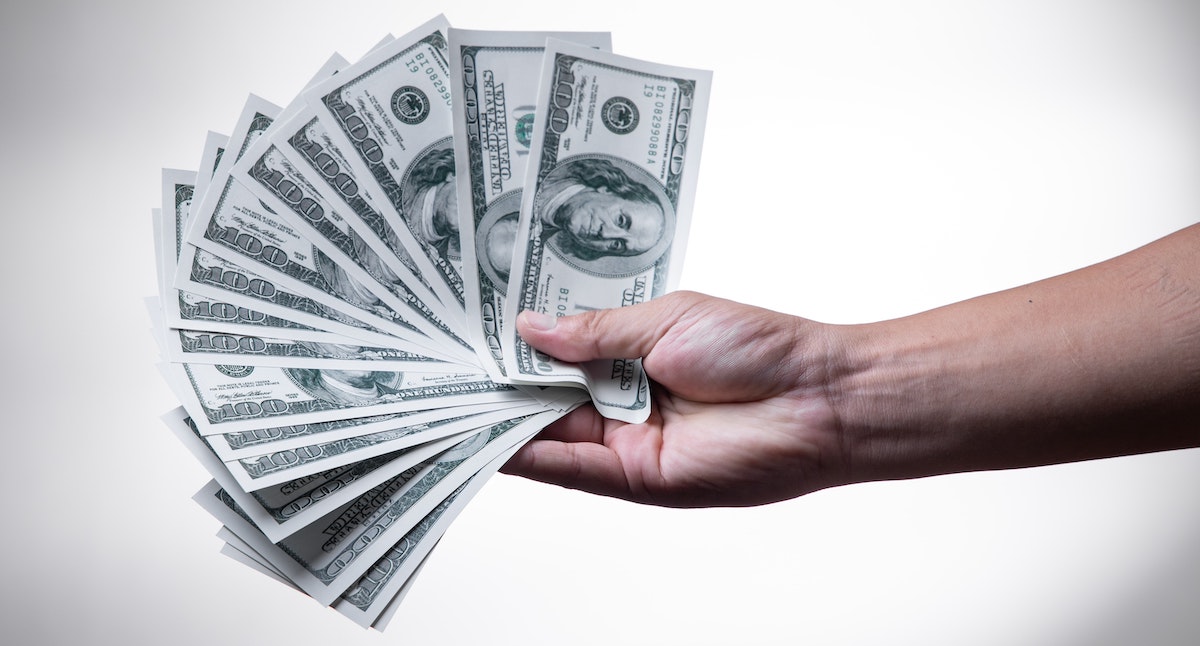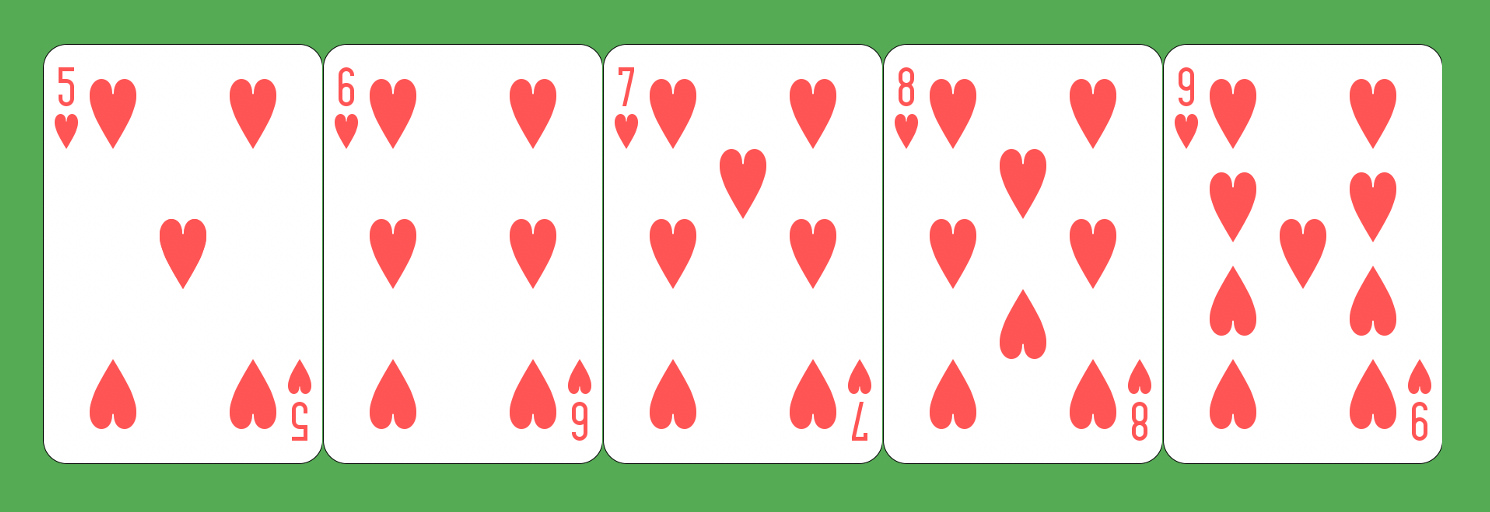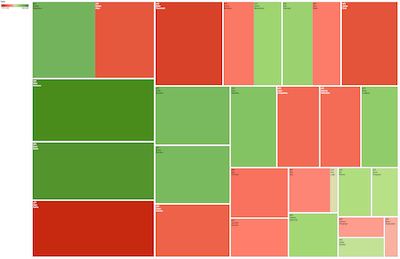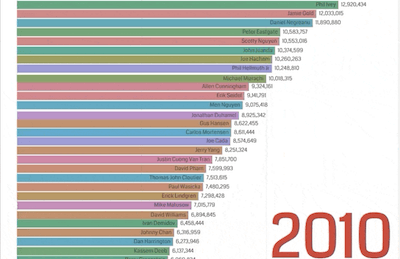All poker players will attest to the fact that, in order to become a top player , there’s a huge amount you need to know. From being able to quickly work out pot odds, through to understanding exactly how likely you are to hit that draw on the river, poker players fill their heads with all kinds of information.

If you’re a player at a land-based casino , you’ll need to retain all this information, however there’s an alternative for online poker players: an at-a-glance poker chart guide. These provide easy-to-read lists on everything from poker hands odds through to how likely you are to complete a draw. Just place a poker hands cheat sheet next to you while you’re playing, and quickly look at the stats when needed. You should find that your poker play improves almost immediately!
You’ll find that there are poker odds tables for all popular types of games, from Texas hold’em through to pot-limit Omaha . We’ll be focusing on NL Texas hold’em on this page, however, simply because it’s the version of the game played by the vast number of players online. On this page, you’re going to find out everything you should find on a top poker cheat sheet, so keep on reading to find out more…
What Does a Good Poker Cheat Sheet Contain?
You should find that the best poker cheat sheets contain a huge amount of information, which should help you learn poker and improve your poker strategy. We’ve picked out the four most important things a cheat sheet will show and explained them below…
Hand Rankings
The first thing that any handy list should tell you about is The Poker Hands Order, Ranking, and Values Guide. Sure, these won’t be useful to the majority of experienced players, because experienced players have the hand rankings etched into their minds and can easily point out which hand beats which. For completely new players, however, it’s often important to have a list of hand rankings, so they have some idea of the strength of their hand.
The hand rankings don’t need to take up much space on the page. All a new player will need is the name of the hand and then a small picture as an example. Just in case you’re on this page wondering about the poker hand rankings, here’s how they work:
· Royal flush – A straight of 10-J-Q-K-A, all of the same suit
· Straight flush – Any straight with all cards being the same suit
· Four-of-kind – Four cards in your hand, all of which are the same value
· Full house – Three cards of one value and two of another value
· Flush – All five cards in your hand being the same suit
· Straight – All five cards running in order of value, such as 2-3-4-5-6
· Three-of-a-kind – Three cards in your hand, all of which are the same value
· Two pair – Two cards of one value and another two cards of a different value
· Pair – Two cards of the same value
· High card – A hand not conforming to any of the above definitions
If you’re brand new to the world of poker, by all means use a cheat sheet to remember the hand rankings. Please remember that there’s much more to working out the strength of a hand than simply what you’ve got however, as you also have to consider what’s on the board and what others might have.
For example, if you have 8-10 and the cards on the table are 2-7-9-J-A, you have a very strong hand – in fact, it’s not possible to have a stronger hand. However, if you have 8-10 and 9-J-Q-Q-Q comes out, you’d still have a straight, however could easily be beaten by a higher straight, a full house or even four-of-a-kind. So, don’t just assume that you’ll win when you have a decent hand – consider what others could have as well.
Starting Hand Guide
One of the most important things to know when playing poker is whether you should get involved in a game with a specific starting hand . Sure, it’s obvious that you should be involved if you get AA, but what about the more average hands, like 10-J or pocket 7s? Any good poker cheat sheet will have you covered, explaining which hands you should start with, which you should consider depending on the game, and which you should almost certainly ditch.
A lot of the time, the hole cards will be ranked as suitable for any position , late/middle position and late position. If a hand is suitable for any position, it means that it’s a premium hand, such as AA or KK, which you should strongly consider playing regardless of the state of the hand. Late/middle position hands are suitable to play if you’re sitting in the late to middle positions at the table, while late position cards should only be played by those acting close to last, and only if the previous action is conducive.
It’s important to just reiterate that many starting hands are only strong in some situations. For example, let’s take J-Q unsuited. If you’re in mid position and haven’t seen any raises thus far, it’s acceptable to assume that you’ve got the previous players beaten. With only a few other players left to act, a raise would not be unreasonable.
However, that same hand in the same position suddenly becomes a weak one when two players before you have bet, signalling that they both have strong hands. In this situation, you shouldn’t be calling or re-raising, but should instead be throwing your cards into the muck.
Let’s take another example and say that you’ve got 7-8 suited and are in late position. You’ll often find that one of the players before you makes a raise, and in this situation, you should generally fold, as your hand probably won’t be winning. If, however, nobody has raised before you, it’s acceptable to raise yourself, as there’s a fair chance that those one or two players to follow you won’t have anything worth calling with.
So, the rule to remember is this: a starting hand will give you a good idea of whether you should get involved in a pot, but you also must take into account how you’re positioned at the table and what other players have done before you.
Drawing Odds
Next up, we’ve got the odds of hitting a draw , and knowing your likelihood of doing so is absolutely vital if you’re going to start giving yourself a real chance of making money. You’ll need to end up combining your drawing odds with pot odds later on down the line, but for the moment, let’s just look at the basic poker odds of working out how likely a draw is.

Poker players need to know the chances of them hitting a draw, either when the turn and river cards are remaining, or when only the river is remaining. To do this, you need to work out how many outs you have. For example, if you have 7-8 unsuited and the board is showing 9-10-K-A, you’ve got eight outs remaining – all the sixes and all the jacks. You can then use a chart to find out your chances of hitting one of those eight cards on the river – the answer would be 17%.
If you accidentally forget your cheat sheet, there’s no need to worry, as you can also work out the approximate chances of hitting the card you need by doing this: just take the number of outs and then multiply them by four if you have both the turn and the river to come, or by two if you only have the river left. The answer will be your approximate likelihood of hitting your card.
As already mentioned, for maximum effect you’ll need to combine your odds of hitting a draw with your pot odds, and we’re going to talk about these next…
Pot Odds
Next up, we’ll look at pot odds. You won’t generally find these on cheat sheets, as there are so many variables, however you can find plenty of calculators online that work out pot odds for you – we’d recommend having one in front of you every time you play poker online.
So, what are pot odds? Well, they’re the ratio between how large the pot is and how much you need to call. So, for example, if there’s $6 in the pot and you need to call $2 to stay involved, the ratio would be 6:2, which can be simplified to 3:1. To turn this into a percentage, divide the second number by the first and multiply by 100. In this case 1 divided by 3 is 0.333, multiplied by 100 is 33.3%. So, 3:1 is the same as 33%.
On its own, working out pot odds doesn’t tell you much, but you then need to combine pot odds with the chances of hitting your draw on your cheat sheet…
Let’s keep using the pot odds from before, which are 3:1, which translated to 33%. Also, let’s use the example from earlier of you having 7-8 unsuited and there being 9-10-K-A on the board, which gave you a chance of 17%. If the pot odds percentage is higher than your chances of hitting the draw, you should be folding, however if your pot odds percentage is lower than the chances of hitting your draw, you should be calling. So, in the example, the play would be to fold.
If you keep following this rule while you’re playing, you should find that you manage to make money over the long term.
How Much Does a Cheat Sheet Help?
How much a cheat sheet helps really depends on the kind of player you are, as well as how experienced you are. If you’re not too confident with math and don’t entirely trust your mathematical agility, a cheat sheet can really help you to make confident decisions surrounding a whole host of aspects of the game. If, however, you’re confident that you can work out your chances of hitting a draw, then a cheat sheet might not be needed. We’d still recommend keeping one next to you, however, just in case you do have a moment where your math ability has a temporary freeze.
A cheat sheet is also something we’d very much encourage new players to use. Even if you’re brand new and only playing freerolls, in order to get your knowledge up, you should still use a cheat sheet. It’s vital to know the basics like the hand rankings and which starting cards are worth playing, plus you can also start to find out about more advanced topics , like pot odds, before those not using a cheat sheet would. This should give you an advantage over other players with the same level of playing experience.
Of course, you won’t be able to use a cheat sheet if you’re playing live. Other players might not take too kindly to you consulting a sheet during every hand, plus the fact that you need to use a cheat sheet would mark you out as a weak player, and you will therefore almost certainly be targeted by the other players at the table. So, if you’re playing live, you’re going to need to get a handle on how to work out the important stats yourself.
Are Cheat Sheets Fair?
Some might wonder whether using a cheat sheet during an online game is fair. After all, doesn’t it detract from the skill needed to play? In our opinion, we don’t think cheat sheets detract from the game at all, and we’d encourage everyone playing poker online to get hold of a good one, even if they only use it occasionally. The reason for this is simple: many other players will also be using a cheat sheet, and so you need to use one too to level the playing field.
You have to also remember that others at the table will also be using other tools to boost their game as well, such as poker software. Some might even have had professional tuition or might be being tutored by a player at the exact moment you’re playing them. Essentially, you need to get as much of an advantage as you can over the other players at the table and using a poker cheat sheet is one of the ways to do this.
What Other Tools Will Help Poker Players?
Along with cheat sheets, you’ll find plenty of other options for boosting your play. Perhaps the biggest is poker software , which can connect to many online poker networks and provide a bevy of information on many aspects of your game. For example, the best pieces of software will have stats on your opponents, plus will collect stats about your game. Some will also allow you to replay hands after they’ve been completed, so you can look at them closely and work out what you did right or wrong.
Poker players should also use a tool for keeping track of their bankroll, such as the free tool offered here on this site. Bankroll management might not be the most glamorous topic, however it is vital, as when used properly, it minimises the chances of you ever running out of money in your bankroll. You can also use a bankroll management tool in conjunction with poker software. Let the bankroll management tool show you when you’ve lost money, and then use the software to review that period of play to find out what you could have done differently.
Popular Posts

High Stakes Poker TV Show Statistics
Vizualise all the hands of the popular TV show High Stakes Poker. Visualize statistics like total tally, Vpip, PFR as well as the number of hands, per season and for all the seasons from your favorite poker players. more...

The Poker Money Race since 1971
Watch the top 100 of every year of each Money List since 1971 from The Hendon Mob and stacked them year after year to put them in a bar chart race. See some of the greatest rises and falls in poker history! more...
Read our blog



